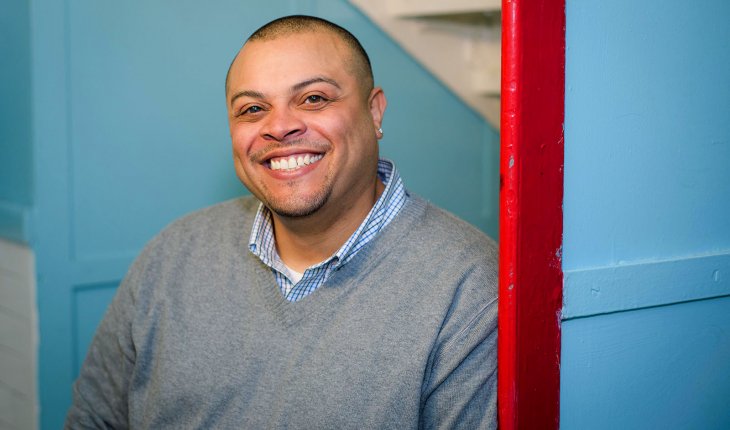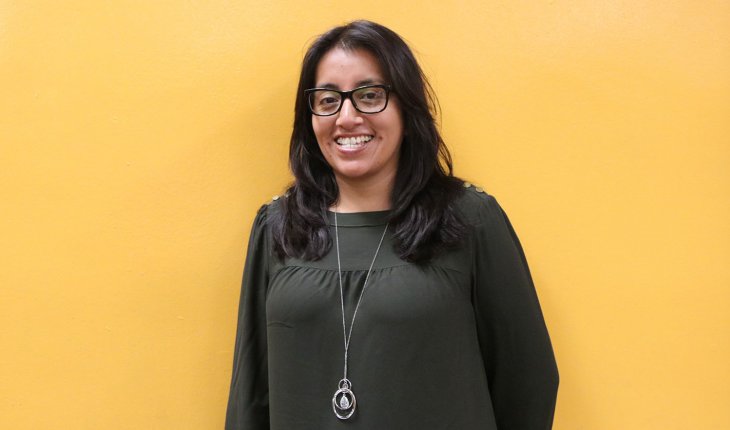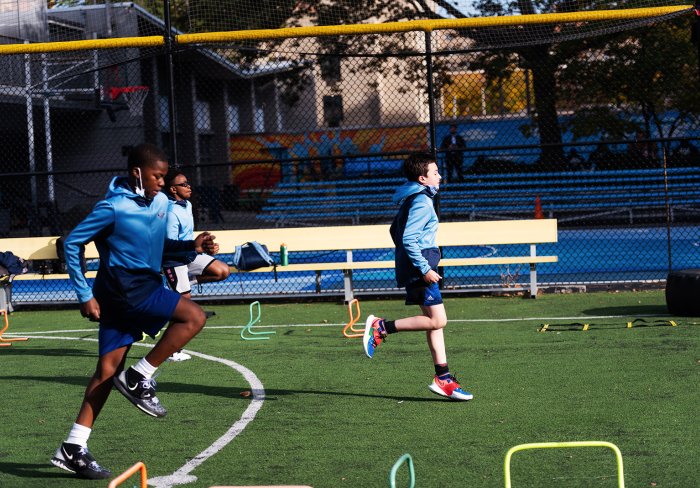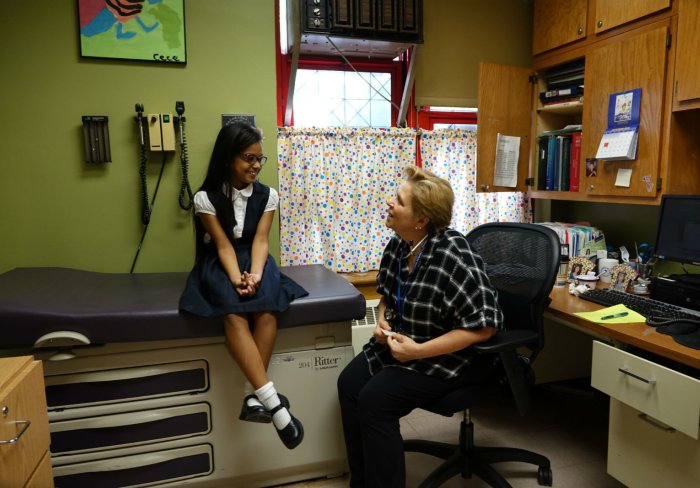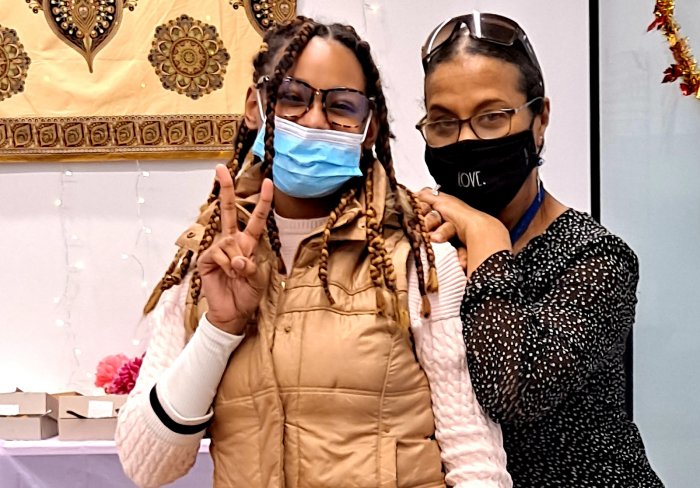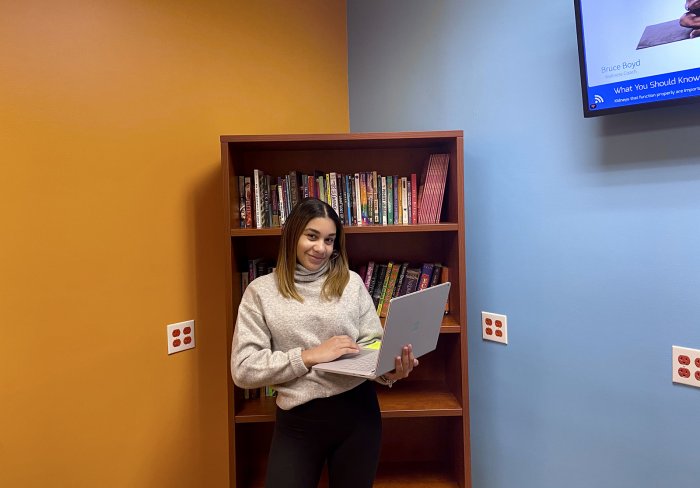Children’s Aid is proud of the work we do at our 21 community schools.
In addition to providing a strong academic foundation, our community schools provide health and social services, and engage the broader community to support success in school and life.
To celebrate Coordinators Appreciation Week, we spoke to two of our community school directors who are committed to ensuring our students learn, grow, and lead.




